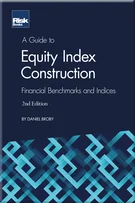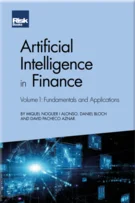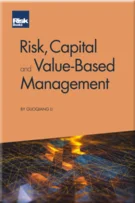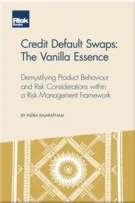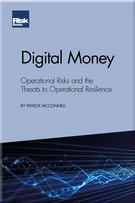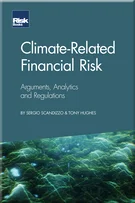Scenario Optimisation
Scenario Optimisation
Introduction
A Primer on Portfolio Theory
Application in Mean–Variance Investing
Diversification
Frictional Costs of Diversification
Risk Parity
Incorporating Deviations from Normality: Lower Partial Moments
Portfolio Resampling and Estimation Error
Robust Portfolio Optimisation and Estimation Error
Bayesian Analysis and Portfolio Choice
Testing Portfolio Construction Methodologies Out-of-Sample
Portfolio Construction with Transaction Costs
Portfolio Optimisation with Options: From the Static Replication of CPPI Strategies to a More General Framework
Scenario Optimisation
Core–Satellite Investing: Budgeting Active Manager Risk
Benchmark-Relative Optimisation
Removing Long-Only Constraints: 120/20 Investing
Performance-Based Fees, Incentives and Dynamic Tracking Error Choice
Long-Term Portfolio Choice
Risk Management for Asset-Management Companies
Valuation of Asset Management Firms
Tail Risk Hedging
Scenario optimisation is used where the parameters of a mathematical model (asset returns over the next year, for example) are subject to randomness. One way to solve these stochastic programmes is to solve a deterministic problem with many different scenarios assumed for the uncertain inputs – in our case, returns. We can, for example, sample 100,000 scenarios for five assets from the predictive distribution (see Chapter 9) to arrive at a 100,000× 5 cell matrix. After the draws have been made, uncertainty is removed and we are left with the deterministic problem of which asset weights to choose in order to maximise the objective, taking into account what can happen in all 100,000 scenarios. We will see later that for many objectives this can be written as a linear program.11See Dembo (1991), the classic reference for scenario optimisation.
Scenario optimisation investigates how well feasible solutions perform in different scenarios (using an objective function to evaluate the solution for each scenario) and then tries to find the optimal solution. Although future asset returns are uncertain, scenario optimisation attempts to draw representative scenarios that could happen in the
Copyright Infopro Digital Limited. All rights reserved.
As outlined in our terms and conditions, https://www.infopro-digital.com/terms-and-conditions/subscriptions/ (point 2.4), printing is limited to a single copy.
If you would like to purchase additional rights please email info@risk.net
Copyright Infopro Digital Limited. All rights reserved.
You may share this content using our article tools. As outlined in our terms and conditions, https://www.infopro-digital.com/terms-and-conditions/subscriptions/ (clause 2.4), an Authorised User may only make one copy of the materials for their own personal use. You must also comply with the restrictions in clause 2.5.
If you would like to purchase additional rights please email info@risk.net

